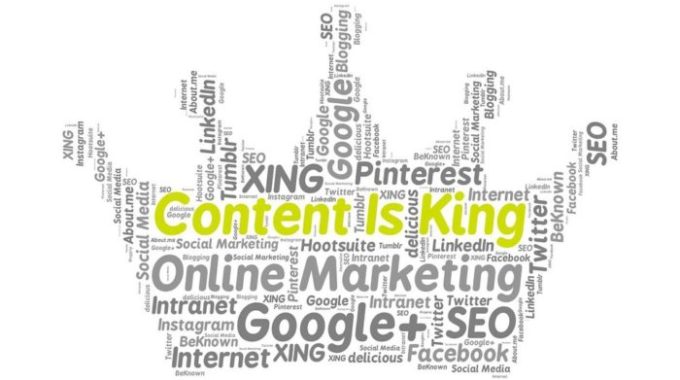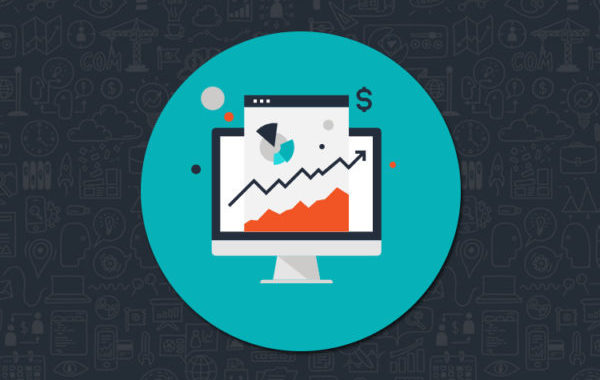
Start At The End: How Your Content Marketing Goals Develop Your Strategy
Content marketing is one of the biggest buzzwords. It’s also one of the most vague marketing terms out there.
Content includes audio, video, writing and everything in between. Any time you put out some type of informative media, you’re using content to market your business.
With such a vague outlook, it’s hard to know how to tap into this popular, “must-have” marketing strategy. What should you focus on? What type of results you can expect to see from employing this approach?
The key to maximizing your reach with content is to start from the back and work forward. What are your content marketing goals?
Here are five of the most important content marketing goals to pursue when using content (any type of content) to reach your audience.
1. Build Your Reputation With Your Audience
Podcasting, videos, and blogging are all ways to share your skillset with your buyer. It’s a way to earn her trust when you can’t stand with her face-to-face.
Without trust, you’re at a loss. Your buyer won’t open her wallet to you unless she knows what you’re offering is worth her money.
With trust, you win. You beat the competition, get referrals, and build your overall reputation with your audience. The key to making this happen is to share your knowledge and show your buyer why you’re worthy of her trust.
2. Show Empathy
Your buyer is searching for your product because she needs it. She has a pain she needs to resolve. Without your product, she won’t be able to fix her problem and feel happier.
Pain points vary. A pain point can be as simple as a craving for chocolate or as serious as a need for a wheelchair. The severity of the pain point doesn’t matter. You understanding what the pain point means to your buyer does.
Show empathy by using content to demonstrate how you will solve your buyer’s pain. If she’s craving chocolate, show why your chocolate will relieve her of her craving guilt free. If she needs a wheelchair, show her why yours is the safest, best choice on the market.
3. Answer Objections Head On
One stage of the buying cycle is to question the purchase. When this happens, your buyer has objections and they need to be addressed.
Most of the time, your buyer won’t come to you and openly ask you about her objections. She’ll look for her answers on your website and move on. If you don’t answer her concerns, she’ll draw her own conclusions.
With content, you have a unique opportunity to answer objections head on. Instead of making your buyer guess, you can make it simple for her to get the answers she needs to make her purchase with you. It’s as effective as having a one-on-one conversation with your buyer face-to-face.
4. Demonstrate Tangible Benefits
One of the toughest parts about marketing online is tangibility. Your buyer cannot pick up and touch the product. She cannot see it, smell it, or feel it. It’s your content that brings the product to life.
With a combination of imagery and storytelling, you paint a picture of what it’ll be like to use your product in real life. How will your buyer’s purchase change her world? Show her through effective content marketing and you’ll have a customer for life.
5. Nurture Google
Content marketing is also a strong way to show Google some love. You fill your website with keywords, answer their searcher’s needs, and give the robot valuable pages to send people to. It’s a win-win.
But Google cannot find you if it doesn’t know what you do. The more content you put on your pages, the more likely the search engine is to show you at the top because it understands why you’re relevant to their searchers.
Nurture Google with alt tags in images, blog posts optimized with keywords, and videos uploaded to YouTube. When you do this, you’ll attract a core audience of people eager to learn from (and eventually buy from) you.
Start At The End With Your Content Marketing Goals
Content marketing is one of the most effective ways to reach your buyers. To build an effective strategy using the right mediums, you need to start with your goals in mind.
How are you using content to reach your content marketing goals?



